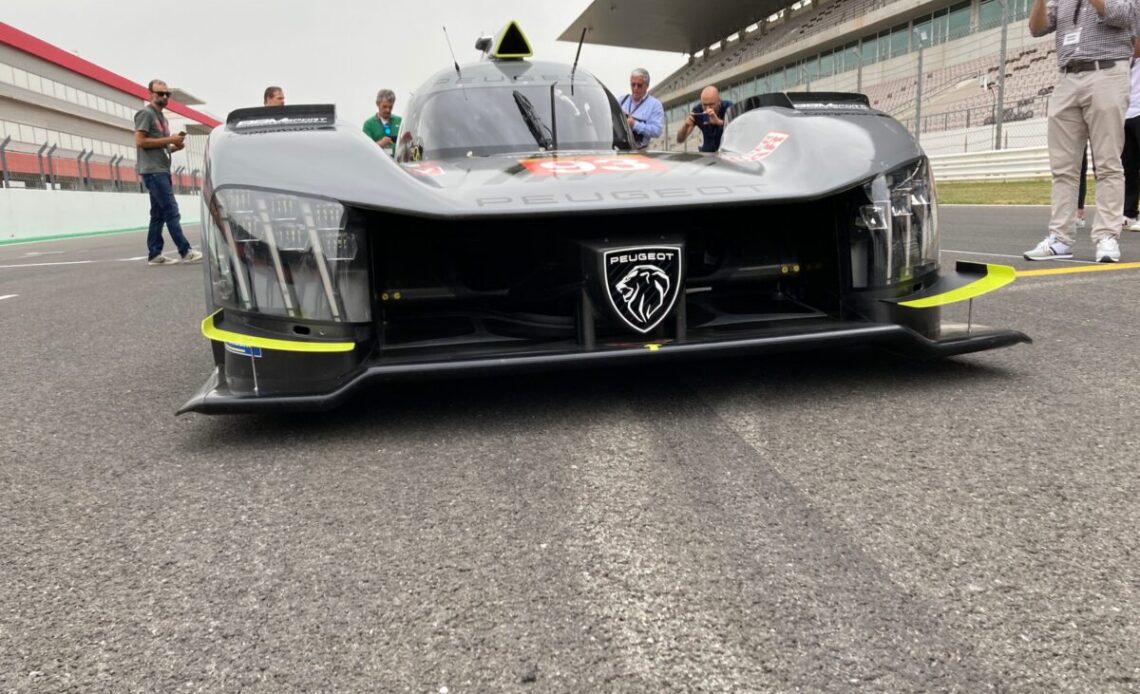What parameters can we change and think about how these parameters influence the performance of a vehicle in a balance of performance (BoP) regime? The physics discussion helps us link parameter changes to the primary modes of operation of a vehicle around a circuit, traveling in a straight line and cornering.
Different racing series have different options available to adjust performance of vehicles, but the general BoP variables typically include mass, total power output, minimum ride heights, aerodynamic elements, and fuel capacity, and to some extent tyres.
Mass
As implied by Newton’s Second Law, the mass of a vehicle directly, and inversely, impacts the ability of a vehicle to take advantage of the propulsive forces to accelerate. Whether we are talking about longitudinal or lateral accelerations, any increase in mass will reduce the acceleration capacity in those directions, while any reduction in mass will improve the acceleration capacity of a vehicle.
Because of the direct impact of mass on longitudinal and lateral accelerations, we can increase a vehicle’s mass to slow it down or reduce a vehicle’s mass to speed it up. A good rule of thumb is that a 10 kg increase or decrease in mass will result in a 0.15% increase or decrease in lap time, respectively. So, on a 100 second lap, 10 kg will have a 0.15 second impact.
Before we leave the topic of mass, think about how mass then influences the lap time of a vehicle as fuel is consumed. A vehicle with a 100 L fuel tank will be carrying approximately 72 kg of fuel at the beginning of a stint. By the end of the stint, and assuming no tyre degradation, this vehicle should be approximately 1.08% faster (1.08 seconds on a 100 second lap).
Total Power Output
As we discussed already, a vehicle’s power unit is responsible for generating the longitudinal propulsive force for the vehicle. This force, when all the resistive forces are overcome, is what drives the vehicle forwards though space, and defines how quickly the vehicle can accelerate longitudinally. A higher capacity for longitudinal acceleration leads to a reduction in lap time, while less acceleration capacity yields a slower lap time.
There are many configurations of power units encountered in racing, normally aspirated internal combustion engines, turbo/super-charged internal combustion engines, hybrid engines, and fully electric motors. I am going to focus here on normally aspirated and turbo-charged engines.
With…
Click Here to Read the Full Original Article at Racecar Engineering…

